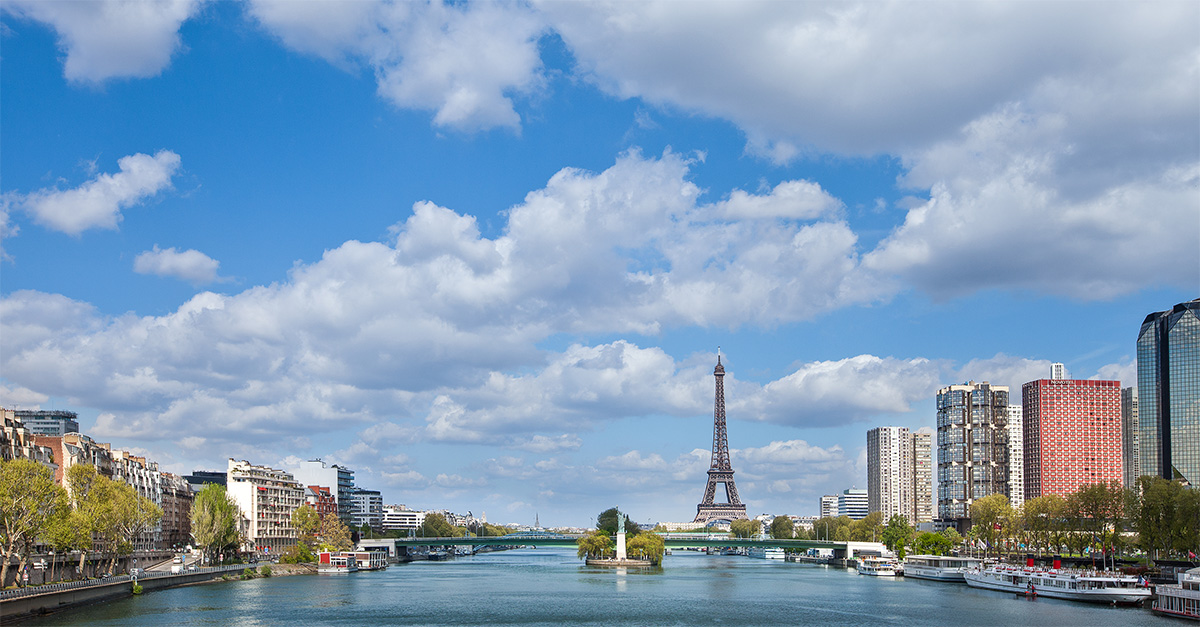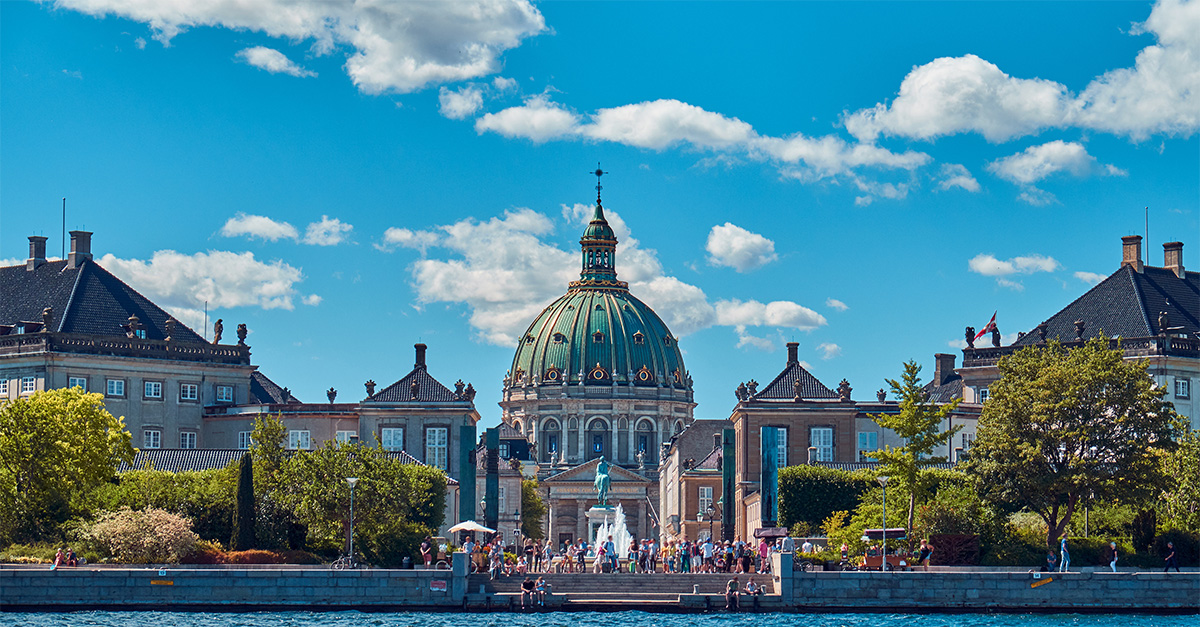Hotel design is fast becoming a crucial selling point in the accommodation market.
Newcomers to the hotel world are marketing themselves with phrases such as “A layer cake of ancient, medieval and uber-modern design” in a bid to attract a discerning, style-conscious travellers.
And the style bug isn’t confined to boutique hotels. Even major hotel chains have got in on the act. Marriott International has begun a collaboration with Ian Schrager, widely credited with inventing the boutique hotel.
Schrager has been drafted in to create a new brand that, according to Marriott International chairman and chief executive JW Marriott Jr, will be an attempt to “push the boundaries and take the hotel industry to a new level.”
Style over substance?
But does the relentless pursuit of style risk compromising the comfort of hotel guests?
According to Starwood Hotels and Resorts North West Europe regional director sales and marketing Paul James, visual appeal should not affect a hotel’s functionality.
“As hoteliers we have to make sure design innovations work for our guests,” he said.
“For a global company with over 870 hotels it is also important for us to test designs across cultures, too. For example, the opaque glass bathroom doors that our new Aloft brand uses are not appropriate for the Middle East.”
InterContinental Hotels Group vice-president brand performance and development Leslie Davey believes design should be comfortable and functional.
“We employ a design concept across the portfolio based on what our customers tell us they want, which is clean, sophisticated lines that offer universal appeal.”
Premier Inn product and services manager Sarah Simpson said hoteliers must carry out thorough research, not just among guests, but staff too.
“Younger guests want ‘ultra modern’ whereas older guests want warmer, more comfortable design. It is about achieving a balance.
“Our team members have a big input too. A piece of furniture with lots of edges and detail looks lovely but our housekeepers find these difficult to keep clean.
“Stainless steel is very fashionable at the moment – again this is harder to keep clean so we do try and keep it to a minimum.”
The design life cycle
Hoteliers, particularly the larger chains, also need to ensure their room design doesn’t date too quickly.
Hilton says its guest rooms undergo soft refurbishment every five to seven years, with a full refurbishment every 10 to 12 years.
“All fixed items have to be as timeless as possible,” said Hilton UK and Ireland vice-president technical services Gordon Coles.
“Fabrics, carpets and wall coverings have a shorter life cycle and can be more contemporary. Most design fads last five years.”
So will design continue to be a key part of a hotel’s appeal?
“Hotels or hotel brands created by designers will continue to be popular with consumers,” said Paul James.
“The risk is that ‘design’ soon becomes commonplace. The stylish greys and taupes of the New York look are now found in Basingstoke and Barnsley. Our job is to find the new edge.”
The hotel designer
 David Perera is associate for award-winning hotel architects and interior designers Jestico and Whiles.
David Perera is associate for award-winning hotel architects and interior designers Jestico and Whiles.
What are the current trends in hotel design?
Lobbies are being used for entertainment and doing business, rather than just a holding area.
Bars and restaurants are becoming integrated into them and in the evenings they are almost becoming club-like. The music goes up, the lighting comes down and the mood changes. Business people are having meetings in hotel bars rather than using meeting rooms.
Guest rooms, meanwhile, are becoming more transparent. The boundary between the en-suite bathroom and the bedroom is sometimes frosted glass instead of a wall.
How are environmental concerns influencing hotel design?
It’s a critical issue. Designers are constantly being asked to use natural ventilation and to use grey water in toilets.
Biodegradable materials such as timber are replacing aluminium and alucobond.
How do you balance a cutting edge design with functionality?
This is difficult. A chair might look stunning, but when you sit in it for 20 minutes your back hurts.
Even the layout of a room – which way the desk faces, for example – needs to be thought out carefully. We need to be thorough when we select furnishing and fixtures.
How do you make sure a hotel doesn’t date too quickly?
We are modernist but we choose designs that will stand the test of time. For example, we don’t go for a wallpaper colour that’s very ‘this season’ because it will go out of fashion in 12 months.




